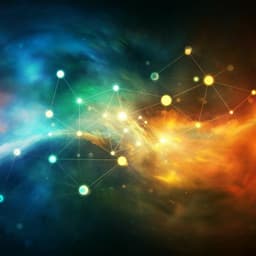
Computer Science
Towards an international regulatory framework for AI safety: lessons from the IAEA's nuclear safety regulations
S. Cha
This study, conducted by Seokki Cha, dives into the urgent need for safety regulations for Artificial Intelligence (AI), paralleling insights from the IAEA's nuclear safety framework. With AI's rapid evolution, it emphasizes international collaboration to develop consistent regulations, safeguarding the future of AI technologies.
~3 min • Beginner • English
Related Publications
Explore these studies to deepen your understanding of the subject.







